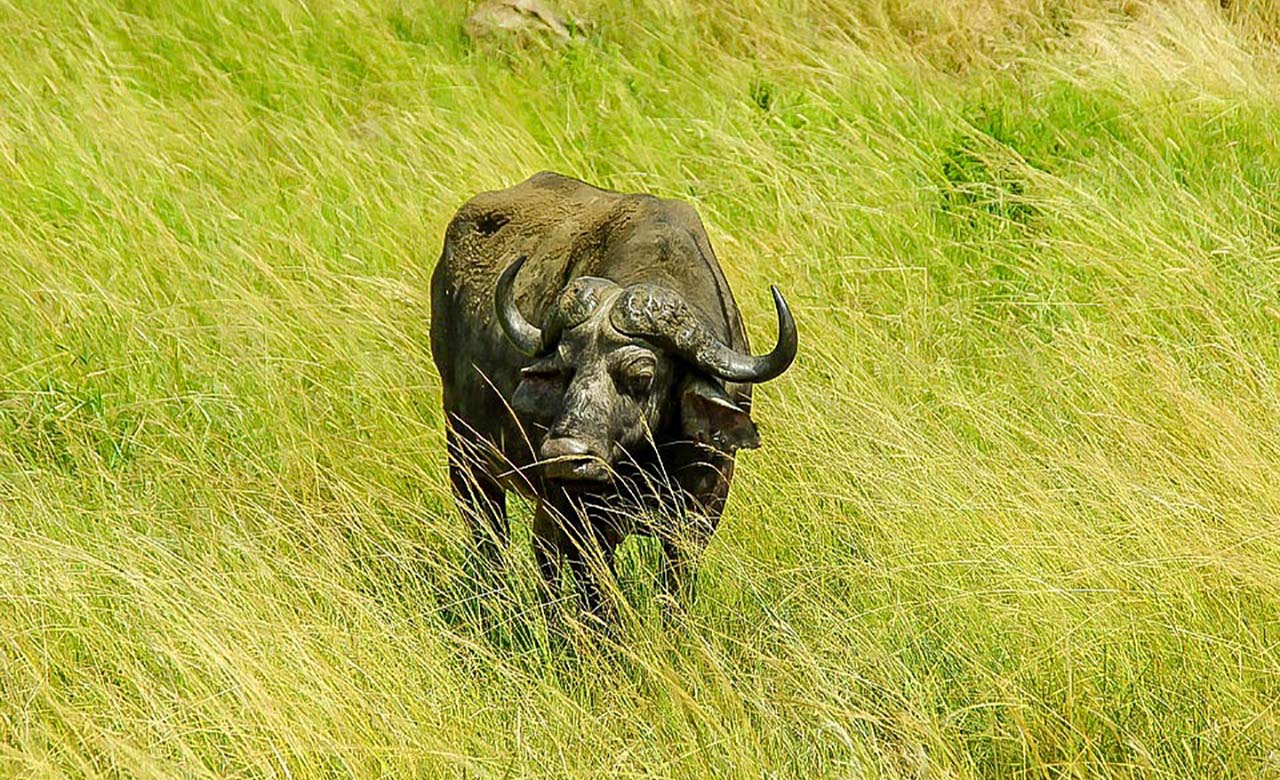National Parks of Senegal


Senegal has several protected areas spread over the entire territory. These national parks and natural reserves permit visitors to understand the wide ranges of fauna and flora of West Africa and more particularly of Senegal with many unique animal and plant species.
The Niokolo-Koba National Park

Located about 600 km south of Dakar, the Niokolo-Koba National Park was created in 1926 as a wildlife reserve and becomes a classified forest in 1951 and national park in 1954. The National Park extends over 900 000 hectares and is home to a large number of animal species such as elephants, lions, buffaloes, panthers, monkeys, many antelope species, hippos, crocodiles, warthogs as well as nearly 400 species of birds. Since 1981, it has been listed as a UNESCO World Heritage and the World Network of Biosphere Reserves (M.A.B.). Its flora is also rich and consists of nearly 1,500 plant species.
The Djoudj Bird National Park

The Langue de Barbarie National Park

This park is born from the cross between the Senegal River and the Atlantic Ocean, the Langue de Barbarie is a long band of about thirty kilometers stretching from the north to the south of Saint-Louis. Created in 1976 and covering an area of 2,000 hectares, the National Park stretches over fifteen kilometers with a width of a few hundred meters to almost a kilometer between the Senegal River and the Atlantic Ocean. The part that is exposed to the sea is made up of dunes fixed by filaos whereas, on the beachside, the sand serves as a nesting place for sea turtles. A remarkable site that houses among others flamingos, pelicans, cormorants, herons, egrets,
lapwings, whistling ducks, terns, and seagulls. This site also hosts thousands of migratory birds and is a must-see site in Senegal. The National Park is also endowed with an extraordinary flora; there are Acacias, Prickly pears, Palm trees, and many other animal and plant species.
The Delta Saloum National Park

Created as a wildlife sanctuary, it becomes a National Park in 1976. It covers an area of 76 000 ha, including 59 000 ha of classified forests and it is undeniably one of the most beautiful national parks of Senegal. It was recognized as a biosphere reserve in 1980 and classified as a RAMSAR site in 1984. The biotopes are mainly composed of mangrove mudflats, coasts, sandy islets, the marine environment, and the Sudanian woodland. The park is home to approximately thirty-six mammal species including Warthogs, Harnachés, Roebuck (rare), Spotted hyenas, colobus, Green monkeys, and Patas. There are also many nesting birds, including Lesser Flamingos, about 4000
Gray Pelicans, Goliath Herons, Ring-billed Gulls, Gray-headed Gulls, Caspian, and Royal Terns, Dimorphic Egrets, Black-tailed Godwit, Avocets, and about 70,000 Palearctic waders. The marine fauna is very abundant with about 114 fish species, manatees, dolphins, and three sea turtles species.
The Magdalene Islands National Park

Established in 1970, the Lower Casamance National Park is located in the Ziguinchor region. It covers an area of 5000 hectares with a rich fauna consisting of mammals, birds and reptiles. There are about 50 mammal species including forest buffaloes, panthers, Cercopithecus campbelli, Galagoides demidoff, colobus bais and about 200 birds species such as yellow-billed hornbills, long-horned hornbills, green turacos, blue-billed malimbes and many more. There are also several reptile species such as green mambas, royal pythons. The park is also home to several butterfly species that can be observed.
The Lower Casamance National Park

Established in 1970, the Lower Casamance National Park is located in the Ziguinchor region. It covers an area of 5000 hectares with a rich fauna consisting of mammals, birds and reptiles. There are about 50 mammal species including forest buffaloes, panthers, Cercopithecus campbelli, Galagoides demidoff, colobus bais and about 200 birds species such as yellow-billed hornbills, long-horned hornbills, green turacos, blue-billed malimbes and many more. There are also several reptile species such as green mambas, royal pythons. The park is also home to several butterfly species that can be observed.
Natural reserves

In addition to national parks, Senegal also has several wildlife reserves and several hunting areas and zoos in which many animal and plant species are represented. You will discover the splendid Senegalese fauna and flora.
